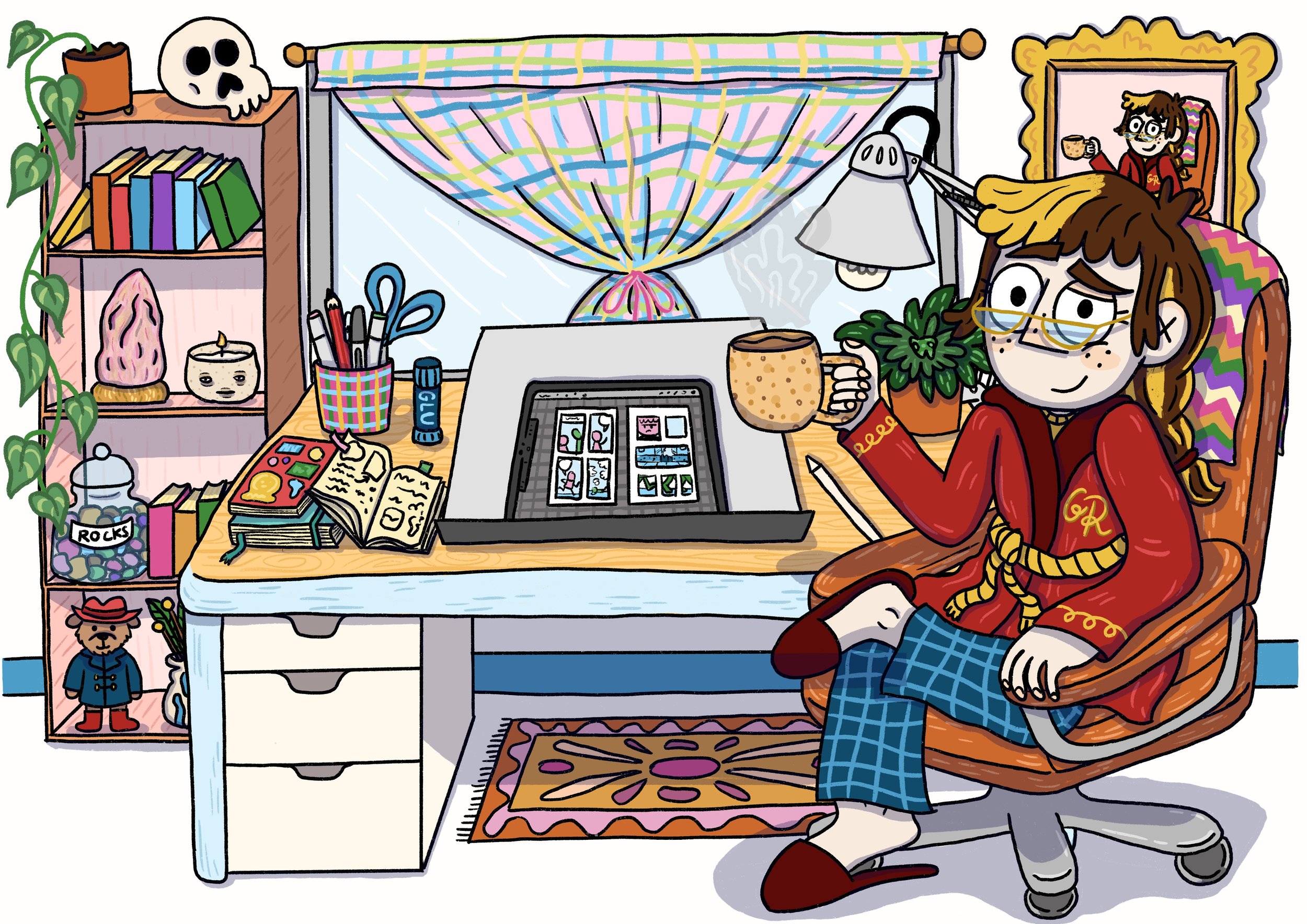As part of the research and planning for my graphic novel (more on that in a later post), I decided to split my stories into three categories: communications, obsessions and fears. When writing down my anecdotes about Rob, I realised that after a while my writing seemed to focus mostly on the communication stories.
Communication is important. And weird. And difficult. It helps people understand what's going on inside the minds of others and builds connections.
I have often found it hard to meet new people; I can be shy and get overwhelmed in situations with lots of new people. Parties that are 'goin' off', we can safely say, are not my forte. However, the one-on-one connection with my good friends is really important to me and an integral part of my personality. Just because I can't socialise for more than a couple of hours without feeling tired and needing a break doesn't at all mean I don't want or need to hang out with people.
Communication isn't just being able to talk in social situations. It is being able to empathise and put yourself in other people's shoes.
Unfortunately, Rob -- literally and figuratively -- never wore shoes. I was never really on his radar. I wasn't in charge of the food like Mum and would only be asked to make toast if she wasn't around. It's hard to keep trying after a while.
My folks tried lots of things to help Rob communicate. The top three were:
1) Speech Therapy:
Rob would go regularly to speech therapy sessions with an old friend of Dad's (who was an ex-speech therapist, now photographer) down at Goolwa (a beachy small town in South Australia).









































































































